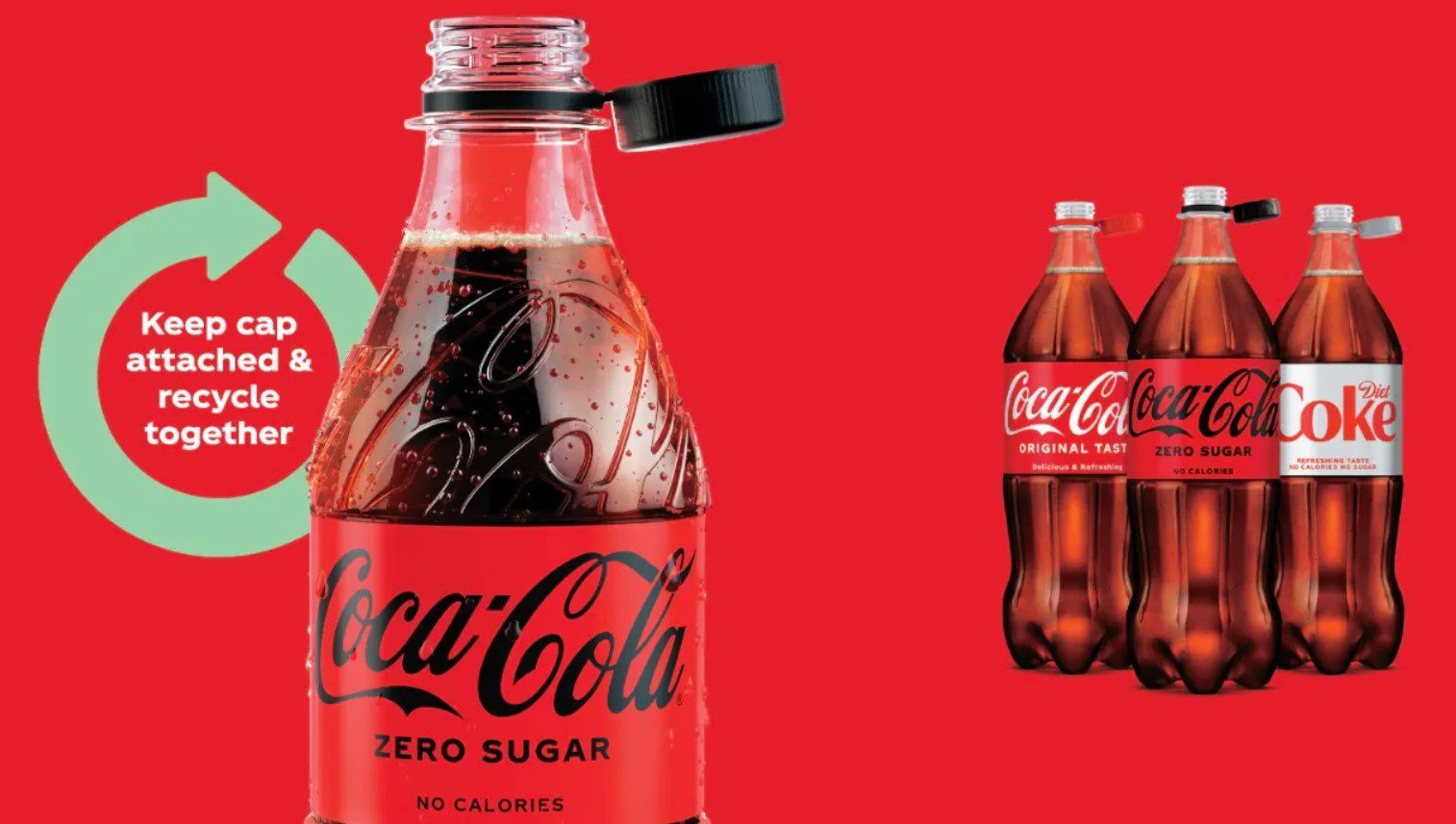Navigating Regulatory Compliance: Lessons from Coca-Cola

Summary
Coca-Cola's introduction of attached bottle caps in response to the EU's Single-Use Plastics Directive highlights the challenges of balancing regulatory compliance with customer satisfaction. CMOs can learn from this experience by prioritizing user-friendly innovations, integrating customer feedback, and effectively communicating changes to enhance brand loyalty while meeting regulatory requirements.
You might have read in the news recently about a change in packaging of Coca-Cola plastic bottles, as a step towards navigating regulatory compliance. In response to the European Union’s Single-Use Plastics Directive, Coca-Cola has rolled out a significant change to its packaging: attached bottle caps. This regulation, aimed at reducing plastic waste and environmental pollution, mandates that all plastic beverage containers up to three liters must have their caps attached by 2024. While the intention behind this regulation is commendable, the implementation has stirred up some consumer frustration. Many people find the new caps less convenient and user-friendly than the traditional detachable ones.
Despite these initial hurdles, Coca-Cola’s experience provides valuable insights for CMOs and marketing leaders on how to effectively navigate such regulatory changes. Here are some takeaways:
Balancing Compliance with Customer Experience
One crucial takeaway from Coca-Cola’s bottle cap shift is the importance of balancing regulatory compliance with user experience. The attached caps, designed to prevent littering and promote recycling, have faced backlash from consumers who find them inconvenient.
Key Lesson: When implementing regulatory changes, ensure the solutions are not only compliant but also user-friendly. Invest in R&D to create innovative solutions that meet both regulatory requirements and customer needs. Conduct a VOC – could be focused group if you want quick results.
Proactive Innovation
Waiting until the last minute to comply with new regulations can lead to rushed decisions that overlook the customer’s experience. Coca-Cola’s proactive approach, though facing some initial consumer resistance, underscores the importance of early adoption and continuous innovation.
Key Lesson: Stay ahead of regulatory changes by proactively developing and testing new solutions. This allows time to refine the product, collect customer feedback, and educate consumers before the regulations take full effect.
Integrating Customer Feedback
Consumer feedback is invaluable when navigating product changes. Coca-Cola’s experience shows that listening to customer complaints about the attached caps can guide improvements and adjustments.
Key Lesson: Actively gather and analyze customer feedback. Use this information to iterate and enhance the product. Engage in user testing to identify potential issues before a full-scale rollout.
Effective Communication
Transparent and effective communication can mitigate negative reactions to product changes. Coca-Cola’s efforts to explain the environmental benefits of attached caps provide a template for communicating regulatory-driven changes. Not saying this wasn’t done in this case, probably a different approach might’ve worked better.
Key Lesson: Clearly communicate the reasons behind product changes, emphasizing benefits like environmental impact and regulatory compliance. Transparency helps build trust and acceptance among consumers.
Marketing Strategy Adaptation
Adjusting marketing strategies to highlight the positive aspects of changes and addressing consumer concerns directly can turn a potential negative into a positive brand story. Coca-Cola’s focus on sustainability is a key message.
Key Lesson: Tailor marketing strategies to highlight the positive aspects of regulatory changes. Position the brand as a leader in sustainability and regulatory compliance to enhance brand image and appeal to eco-conscious consumers.
Cross-Functional Collaboration
Successful navigation of regulatory changes requires collaboration across various departments. Coca-Cola’s approach likely involved coordinated efforts between product development, legal, and marketing teams.
Key Lesson: Foster cross-functional collaboration to ensure changes are practical, compliant, and customer-friendly. Engage with external stakeholders, like environmental organizations, to validate the positive impact and gain support.
Adaptability and Agility
The ability to quickly adjust based on market reactions and consumer feedback is crucial. Coca-Cola’s agile response to consumer feedback about the attached caps highlights the importance of being nimble.
Key Lesson: Be prepared to make swift adjustments based on real-time feedback and market reactions. Agility can prevent prolonged negative sentiment and enhance customer satisfaction.
Coca-Cola’s experience with attached bottle caps in response to the EU Single-Use Plastics Directive offers some important lessons and a roadmap for CMOs and marketing leaders. Balancing compliance with customer experience, proactive innovation, integrating customer feedback, effective communication, adaptable marketing strategies, cross-functional collaboration, and agility are all critical components of successfully navigating regulatory changes. By embracing these lessons, CMOs can not only ensure compliance but also turn regulatory challenges into opportunities for innovation and enhanced brand loyalty.
Embrace these strategies and lead your brand through regulatory landscapes with confidence and customer-centricity.
If you want to brainstorm ideas, reach out!
Image Credit: Coca Cola, UK





